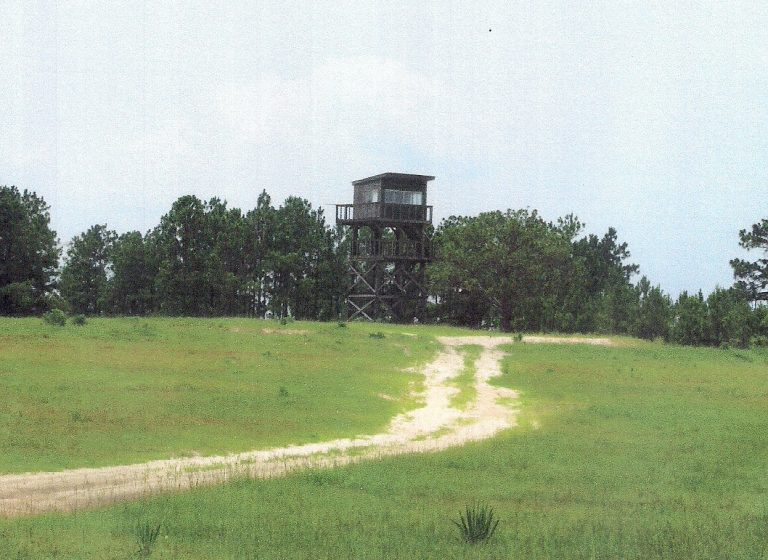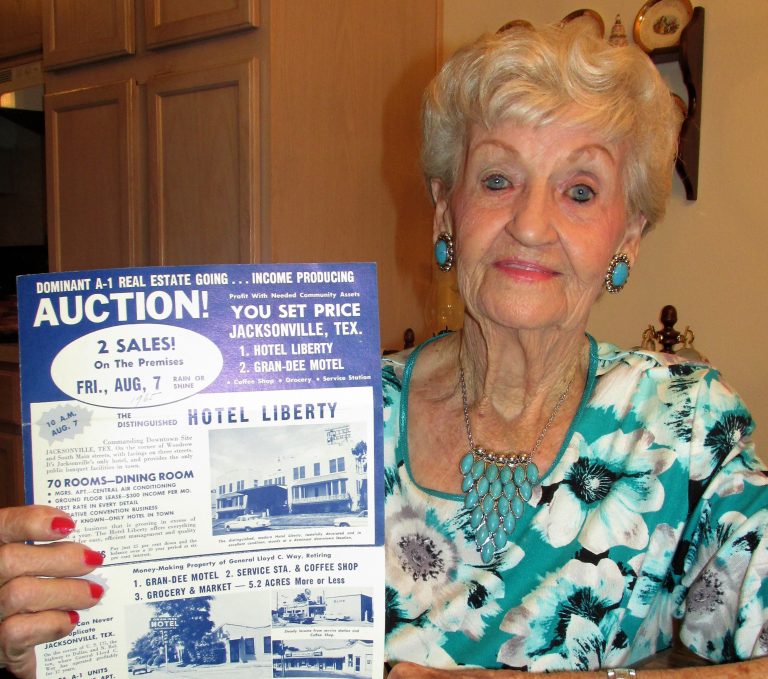Van Craddock's Gregg County Tales
Who named Longview? Take your pick
I was down at the Gregg County Historical Museum the other day when a visitor from the Dallas area introduced himself and asked how Longview got its name.
I gave the inquiring mind the short “official” story of how our town received its moniker. But it turns out there are several other versions of how Longview was named.
As the generally accepted tale goes, O.H. Methvin Sr. (the “Father of Longview”) deeded land to the Southern Pacific in 1870 so the railroad would run a line through the new settlement and build a permanent railroad station there.
Supposedly, Methvin and railroad surveyors were standing atop Methvin Hill (also called Rock Hill), where Methvin’s home was located.
As point of reference, Methvin Hill is situated between present-day High and Center streets in downtown Longview. Today, a large water tower sits atop the hill, which has been quarried through the years and is shorter than it stood back in the 1870s.
Anyway, one of the surveyors remarked about the “long view” from the hill. Mr. Methvin thought that would make a dandy name for the new town, so Longview it was. Some twenty-five years ago I had a fellow tell me the surveyor who made the “long view” remark was named Efrim Lindley.
In January 1877, the Longview Reporter newspaper re-emphasized the original naming story, telling readers: “Longview received its name from the long view obtained of the surrounding country from the top of Methvin’s Hill. The scenery is majestic and excites the admiration of strangers.”
However, on Oct. 27, 1870, the Houston Telegraph had run this brief article: “Longview, the present terminus of the Shreveport railroad, is named in honor of J.S. Long, of Louisville, Ky., who is a large stockholder in the road.”
As late as 1924, a pioneer Gregg County farmer and businessman put a twist on the J.S. Long story. The Longview Daily News interviewed Lorenzo Wooley, who was a Gregg County commissioner 1909-1913. Wooley declared Longview “was given its name by Mr. Long, a construction engineer of the (railroad), after his wife, standing on a hill, had remarked ‘What a long view.’ With the dual significance of the name, the community was named.”
As you can see, the ladies got no respect back then. Mrs. Long came up with the “long view” comment but it was her husband who got credit for naming the town.
(There had been recent precedent for naming a new village after a railroad official. Hallsville had been named in August 1869 for Volney Hall, a vice president of the Southern Pacific who was in charge of extending the rail line westward from Marshall).
Now, to confuse matters even more, the Longview Junior Chamber of Commerce’s 1957 pictorial book “History of Gregg County” shares a story indicating it was another hill that inspired Longview’s name.
“There is another group in town, however, very positive in their declaration that Mr. Methvin and his followers are mistaken,” says the Gregg book. “Mrs. (Julia Casey) McCreary and many of her friends are certain that the hill from which the ‘long view’ was first noted was the hill on which the Knights of Columbus hall now stands” at Olive and Eighth streets.
The first structure atop that hill was a Dr. Stansbery’s “gingerbread” house with an ornate cupola on the top.
“It was from the porch of Dr. Stansbery’s house, Mrs. McCreary states, that one of a group of men, looking over the land that was to be the new town, exclaimed, ‘What a long view there is from here.'”
The Stansbery house was located in an early settlement called Earpville (generally pronounced Arpville). Ironically, it was Earpville that the Southern Pacific Railroad passed by in 1870 to create the new village that was named Longview and home to a permanent depot.
So, how’d Longview get its name? I prefer Mr. Methvin’s tale, but there are options.
Van Craddock, a 1970 SFA graduate, has written a column for the Longview News-Journal since 1978. He has published two collections of his News-Journal columns, most recently a book titled “East Texas Tales: A Celebration of Pineywoods People, Places, Facts and Fables.” The U.S. Army Vietnam veteran serves on the Gregg County Historical Commission. Van and wife Bettye (a former SFA Pine Log editor) live in Longview.



